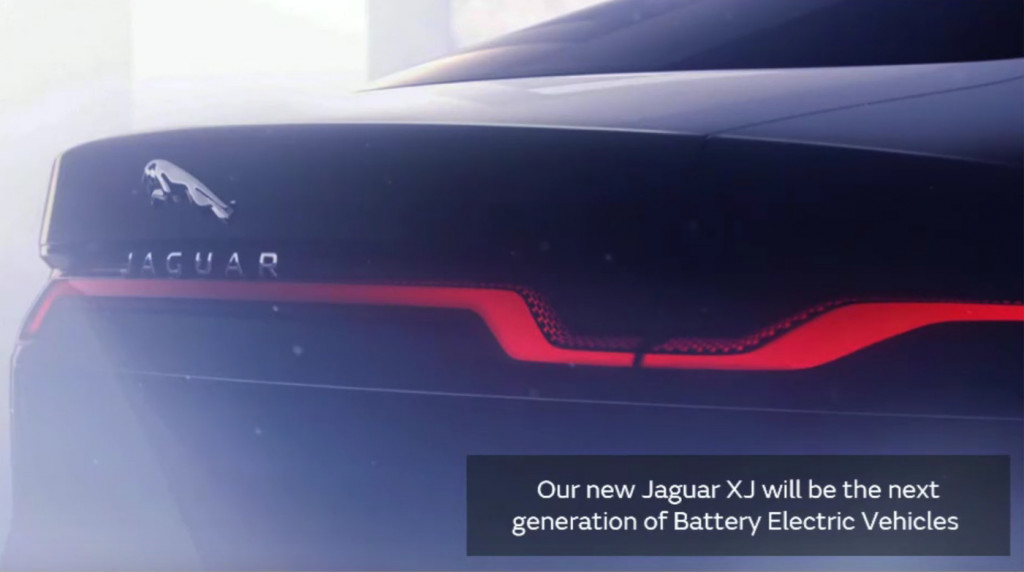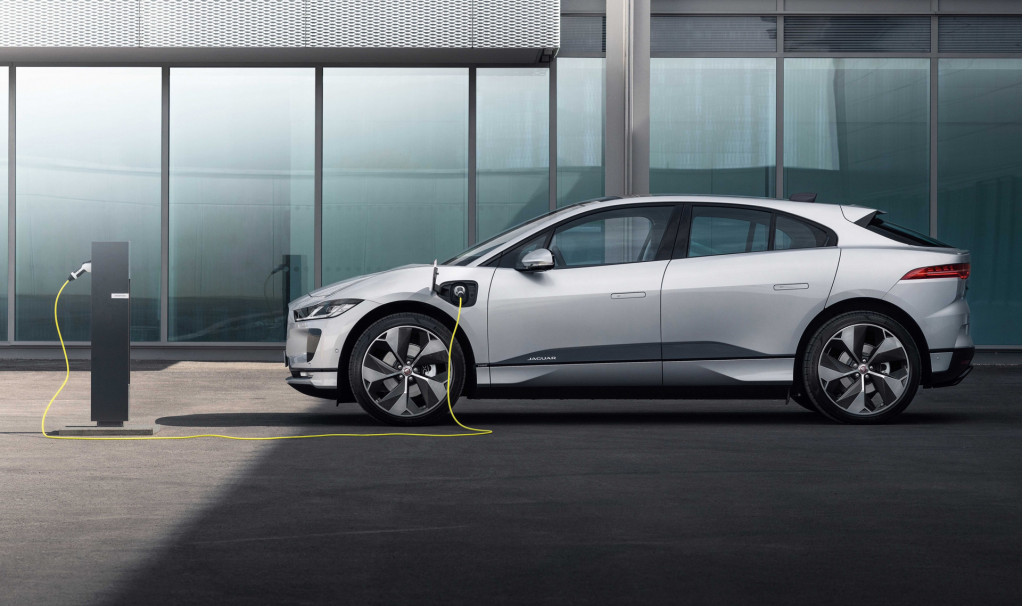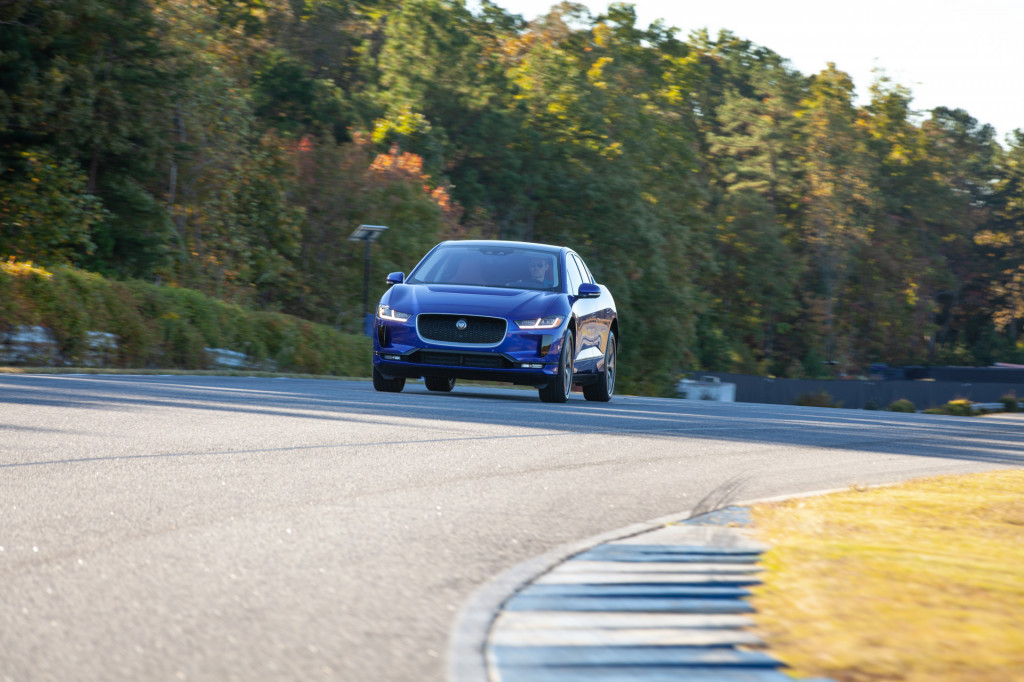Jaguar Land Rover’s involvement in hydrogen fuel-cell development goes well beyond backroom tinkering.
In a media Q&A following a company update Friday, Jaguar Land Rover’s executive director of product engineering, Nick Rogers, clarified the project reported earlier this week—and underscored that there’s real potential in it for something large in the company’s lineup, like the Range Rover.
“It’s absolutely really, really important; we truly believe that hydrogen has a real place and opportunity, particularly in the bigger vehicles,” said Rogers.
Partly, it has to do with the massive packs big SUVs need to be fitted with in order to achieve the long driving range luxury electric vehicle buyers are now expecting.
“In some of the bigger vehicles we’re diminishing returns, in terms of the amount of energy you can store in a battery for the weight of the car,” explained Rogers. “You're in a space where unfortunately, you're making the cars so much heavier, that you're then using so much of that energy just to cart that heavy weight about."

Air Liquide hydrogen fueling station
“And so the opportunity with hydrogen, where you skinny it down and effectively replace the internal combustion engine with a hydrogen machine that creates energy and then you use a battery pack, is very, very similar to a PHEV, and we would encourage that you would plug it in as well, take advantage of peak shaving, and all those other things,” he summed.
It could be an important part of a strategy to make sure that we’re not reliant on an oil-driven economy, he said.
Jaguar Land Rover and BMW teamed up to share some electric-vehicle propulsion components last year, but BMW already has a deal with Toyota on the fuel-cell front—putting the Mirai's fuel-cell stack in a version of the X5 SUV for limited production in 2022.
Rogers replied to Green Car Reports that this year’s events have given the company more purpose in its rollout of battery-electric models: “We were absolutely scaling up already; we were absolutely obsessed about the revolution, as I call it, and making that transformation to electric vehicles. We believe has given us the entitlement to go even faster in the direction we're going.”

Jaguar XJ teaser photo
Next step: electric XJ
Jaguar’s next-generation XJ sedan is going all-electric and expected to make a debut at the end of the year. While Rogers didn’t add substantive detail about that model, he said that compared to the I-Pace electric SUV, the new XJ “is going to be the next generation of all that technology” and “a transformational car, an incredible architecture.”
That hasn’t stopped development work on gasoline and diesel vehicles, however, which Rogers pointed to as “for a lot of people, the most clean, efficient way of transportation,” leveraged with mild-hybrid and plug-in hybrid technologies, perhaps.

Jaguar Land Rover electrification
Jaguar Land Rover in February announced Destination Zero, which included a “zero emissions, zero accidents, zero congestion” mantra, with the pledge that all newly developed models will be electrified in some form.
As for how the models for using vehicles might need to change, post-coronavirus, Rogers said: “We think there's going to be a real radical polarization of who uses public transport, how they use it, how they care about staying safe while they're using it; but we also think the personal transportation, or transportation in your bubble, is going to be more important than ever before, and we definitely see this as the growth.”

2021 Jaguar I-Pace
This week in the UK, the automaker launched a new subscription service called Pivotal that includes the I-Pace and plug-in hybrids, with vehicles delivered to subscribers. The company aims to roll it out globally.
Tranquil cabins and vegan interiors
Also after this year, Rogers said will be more of an emphasis on tranquility for cabin design, reducing cognitive load, and letting people relax, with even more importance on visibility, safety, and the idea of a cocoon. “Overindulgence, for your own selfish sake, isn’t going to be cool anymore,” he predicts.
There’s also new demand for cleaner air inside vehicles, materials that emit lower levels of pollutants, and more vegan interior options so that “people don’t sit on dead animals.”

2019 Jaguar I-Pace
It’s already seeing data beyond tailpipe emissions, or the lack thereof. The peak 0.4g regenerative braking capability in the Jaguar I-Pace makes them “the leaders in regenerative braking,” according to Rogers. “And all the data from all those vehicles that we've got running around is showing us with dramatically reducing brake dust.”
So far, the brands’ electric vehicles cost more than their internal-combustion counterparts, but Rogers noted that with less maintenance to do on battery-electric models, there’s “an opportunity for cars to have a considerably extended life.”













